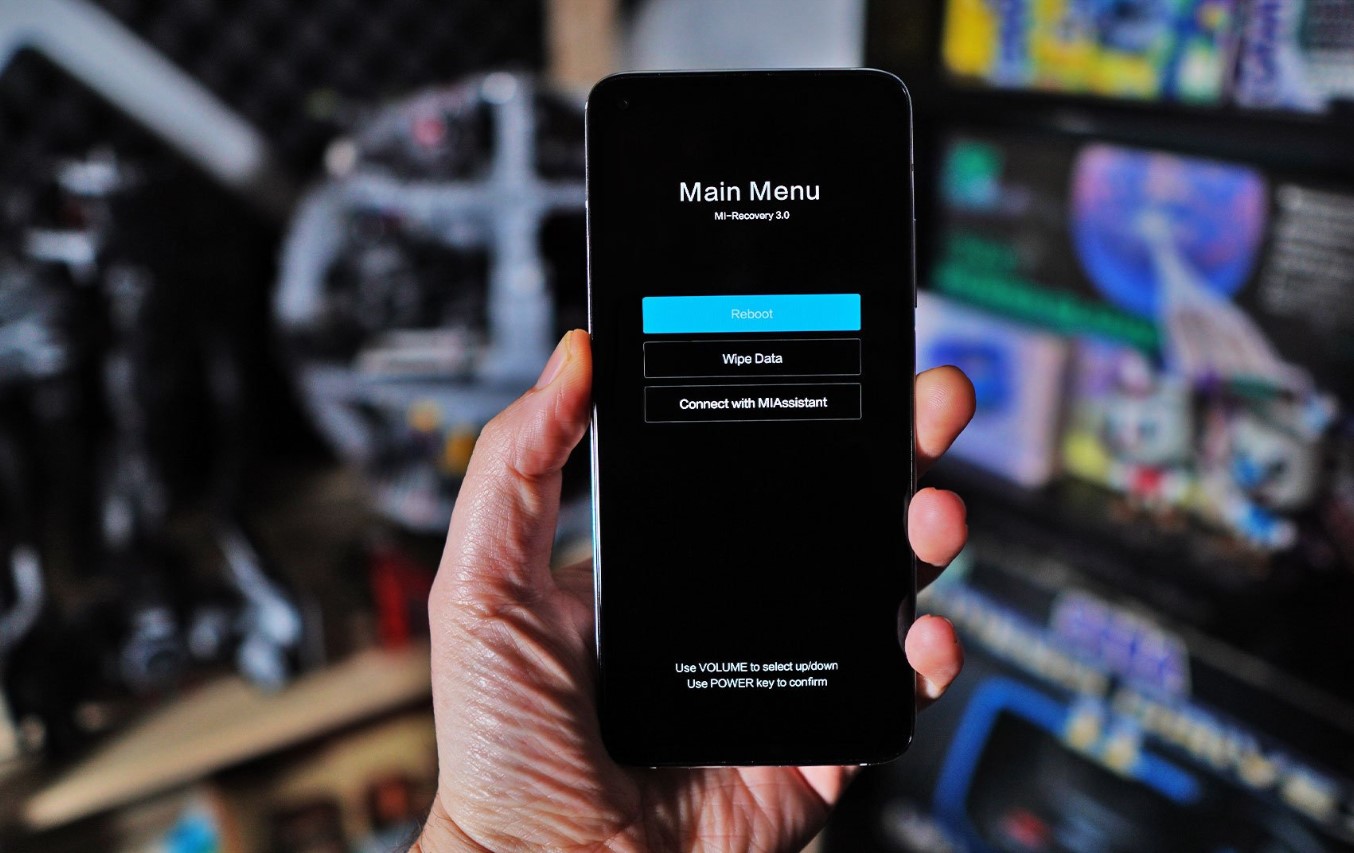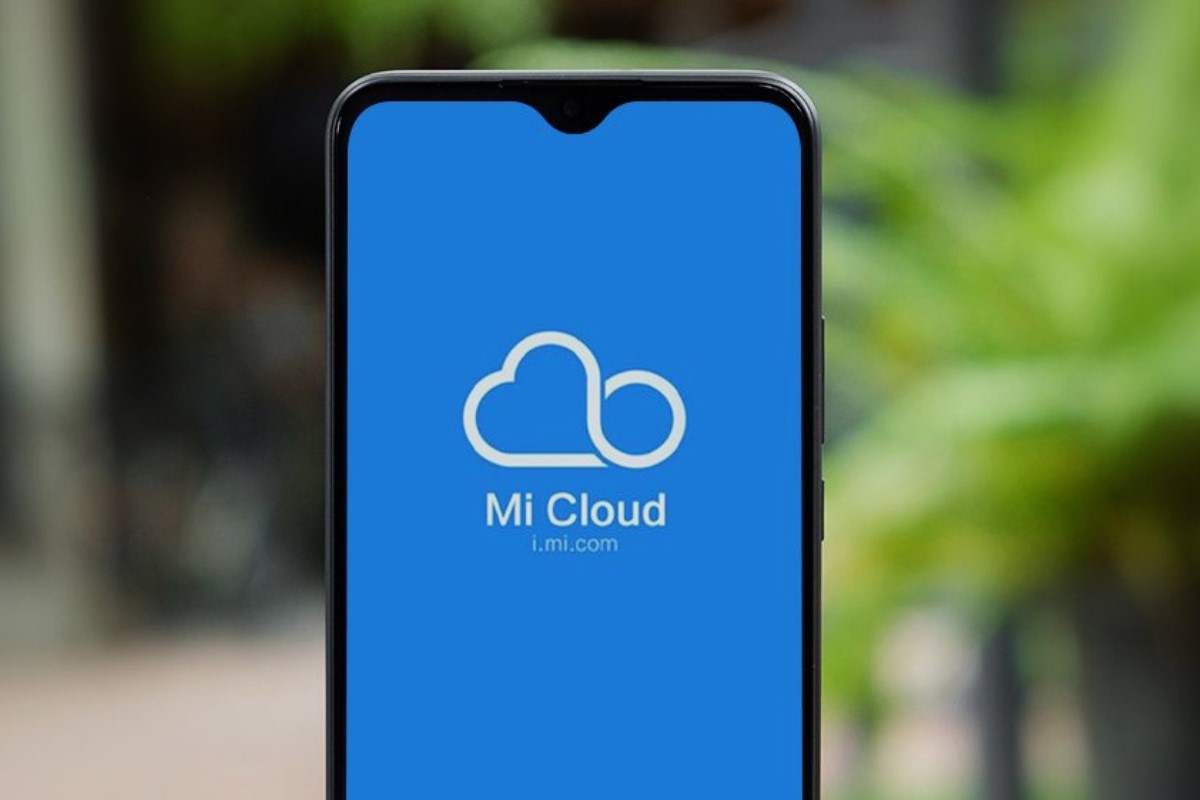Introduction
In today's fast-paced world, the integration of smart technology has revolutionized the way we interact with our surroundings. One such innovation that has gained immense popularity is the Xiaomi Dafang camera. This versatile device offers a myriad of features, including high-definition video recording, motion detection, and two-way audio communication. However, to truly harness the potential of this cutting-edge gadget, it is essential to configure it to save footage to cloud storage.
By leveraging cloud storage, users can securely store their camera footage remotely, ensuring that precious moments and crucial recordings are safeguarded against physical damage or theft. This seamless integration with cloud storage not only provides peace of mind but also offers convenient access to footage from any location with an internet connection.
In this comprehensive guide, we will delve into the intricacies of setting up the Xiaomi Dafang camera and configuring it to save footage to cloud storage. From the initial setup process to troubleshooting common issues, this article aims to equip users with the knowledge and expertise needed to maximize the potential of their Xiaomi Dafang camera.
Join us on this journey as we explore the seamless fusion of cutting-edge technology and cloud storage, empowering users to safeguard their memories and enhance their security measures with the Xiaomi Dafang camera.
Setting up Xiaomi Dafang Camera
Setting up the Xiaomi Dafang camera is a straightforward process that begins with unboxing the device and preparing it for configuration. Upon unboxing, users are greeted by the sleek and modern design of the camera, exuding a sense of sophistication and technological prowess. The package typically includes the camera unit, a power adapter, and accompanying cables, ensuring that users have all the necessary components at their disposal.
To initiate the setup process, users are required to connect the Xiaomi Dafang camera to a power source using the provided power adapter. Once powered on, the camera undergoes an initialization phase, indicated by a series of LED lights and audible prompts. This phase signifies that the camera is ready to be paired with a compatible mobile device for further configuration.
The next step involves downloading the dedicated Xiaomi Dafang app from the respective app store, be it the Google Play Store for Android users or the Apple App Store for iOS enthusiasts. The intuitive interface of the app simplifies the setup process, guiding users through each step with clear instructions and visual aids.
Upon launching the app, users are prompted to create an account or log in with their existing Xiaomi credentials. This account serves as the gateway to accessing the camera's features and settings, ensuring a personalized and secure user experience. Once the account setup is complete, users can proceed to add the Xiaomi Dafang camera to their account by following the on-screen instructions.
The app facilitates the seamless pairing of the camera with the user's Wi-Fi network, enabling wireless connectivity and remote access to the camera's feed. Users are prompted to input their Wi-Fi network credentials, allowing the camera to establish a stable and secure connection to the internet.
As the final step in the setup process, users are encouraged to position the Xiaomi Dafang camera in an optimal location, ensuring an unobstructed view of the desired area. The camera's flexible design allows for versatile placement options, whether it be on a flat surface or mounted to a wall or ceiling using the included mounting hardware.
With the Xiaomi Dafang camera successfully set up and connected to the user's network, it is poised to deliver unparalleled surveillance capabilities and seamless integration with cloud storage, laying the foundation for enhanced security and peace of mind.
This initial setup process forms the cornerstone of the Xiaomi Dafang camera's functionality, paving the way for users to explore its advanced features and customization options. With the camera successfully configured, users can proceed to the next crucial step: configuring cloud storage to ensure the secure and convenient storage of their valuable footage.
Configuring Cloud Storage
Configuring cloud storage for the Xiaomi Dafang camera is a pivotal step in ensuring the seamless and secure storage of captured footage. By integrating the camera with cloud storage services, users can safeguard their recordings against physical damage, theft, or device malfunction, while also enabling convenient access to footage from any location with an internet connection.
The process of configuring cloud storage begins within the Xiaomi Dafang app, where users can access the camera's settings and navigate to the designated cloud storage section. Within this section, users are presented with a selection of compatible cloud storage providers, each offering distinct features and storage plans to cater to varying user needs.
Upon selecting their preferred cloud storage provider, users are prompted to link their existing account or create a new account with the chosen service. This seamless integration streamlines the setup process, ensuring that the Xiaomi Dafang camera is seamlessly connected to the user's preferred cloud storage platform.
Once the account linkage is established, users are presented with customizable settings to tailor the cloud storage configuration to their specific preferences. This includes options to schedule automatic backups of footage to the cloud, define retention periods for stored recordings, and allocate storage quotas for different types of footage, such as motion-triggered clips or continuous recordings.
Furthermore, users have the flexibility to set up real-time alerts and notifications for cloud storage events, empowering them to stay informed about the status of their stored footage and any potential storage limitations or anomalies.
The seamless integration of the Xiaomi Dafang camera with cloud storage services not only enhances the security and accessibility of captured footage but also provides a robust backup solution for preserving valuable recordings. By leveraging the power of cloud storage, users can transcend the limitations of physical storage devices and embrace a future-proof approach to safeguarding their memories and enhancing their surveillance capabilities.
With the cloud storage configuration successfully tailored to their preferences, users can rest assured that their Xiaomi Dafang camera is equipped to securely store and conveniently access their footage, empowering them to embrace a connected and proactive approach to surveillance and security.
This seamless fusion of cutting-edge technology and cloud storage epitomizes the evolution of smart surveillance, offering users a comprehensive and reliable solution for preserving their valuable recordings and enhancing their peace of mind.
Troubleshooting and Tips
As users embark on their journey with the Xiaomi Dafang camera and cloud storage integration, it is essential to be equipped with troubleshooting insights and valuable tips to navigate potential challenges and optimize the camera's performance. Here are some invaluable troubleshooting techniques and tips to enhance the user experience:
1. Network Connectivity:
- Tip: Ensure that the camera is within the range of a stable Wi-Fi signal to maintain a reliable connection.
- Troubleshooting: If experiencing connectivity issues, consider repositioning the camera or enhancing the Wi-Fi signal strength using range extenders or access points.
2. Firmware Updates:
- Tip: Regularly check for firmware updates within the Xiaomi Dafang app to access the latest features and security enhancements.
- Troubleshooting: If encountering performance issues, verify that the camera's firmware is up to date and proceed with any available updates to address potential bugs or vulnerabilities.
3. Cloud Storage Sync:
- Tip: Monitor the cloud storage synchronization status within the app to ensure that recordings are seamlessly backed up to the cloud.
- Troubleshooting: If encountering sync delays or errors, verify the camera's connectivity to the internet and the configured cloud storage settings to rectify any synchronization issues.
4. Motion Detection Sensitivity:
- Tip: Fine-tune the motion detection sensitivity settings to minimize false alerts and optimize the camera's surveillance capabilities.
- Troubleshooting: If experiencing excessive or inadequate motion detection alerts, adjust the sensitivity levels within the app to achieve the desired balance.
5. Storage Quota Management:
- Tip: Regularly review the allocated storage quotas for different types of footage to ensure efficient utilization of cloud storage resources.
- Troubleshooting: If encountering storage limitations, consider adjusting the storage quotas or upgrading to a higher-tier cloud storage plan to accommodate increased recording requirements.
6. Ambient Lighting Considerations:
- Tip: Take into account ambient lighting conditions when positioning the camera to optimize video quality and motion detection accuracy.
- Troubleshooting: If facing issues with low-light performance or glare, adjust the camera's positioning or leverage supplementary lighting solutions to enhance visibility.
By leveraging these troubleshooting techniques and tips, users can proactively address potential challenges and maximize the functionality of their Xiaomi Dafang camera and cloud storage integration. These insights empower users to embrace a seamless and reliable surveillance experience, ensuring that their valuable recordings are securely stored and easily accessible, thereby enhancing their peace of mind and security measures.
Conclusion
In conclusion, the seamless integration of the Xiaomi Dafang camera with cloud storage epitomizes the convergence of cutting-edge technology and practical security solutions. By embarking on the journey of configuring the Xiaomi Dafang camera to save footage to cloud storage, users unlock a realm of possibilities, empowering them to safeguard their memories and enhance their surveillance capabilities with unparalleled convenience and peace of mind.
The initial setup process of the Xiaomi Dafang camera sets the stage for a seamless and intuitive user experience, guiding users through the steps of connecting the camera to their network and positioning it in an optimal location. This foundational setup paves the way for users to explore the camera's advanced features and customization options, laying the groundwork for a comprehensive surveillance solution.
The process of configuring cloud storage for the Xiaomi Dafang camera represents a pivotal step in ensuring the secure and convenient storage of captured footage. By seamlessly linking the camera with a preferred cloud storage provider, users transcend the limitations of physical storage devices, embracing a future-proof approach to preserving their valuable recordings. The customizable settings and real-time alerts offered within the cloud storage configuration empower users to tailor their storage preferences and stay informed about the status of their stored footage, enhancing their proactive surveillance measures.
Furthermore, the troubleshooting insights and valuable tips provided equip users with the knowledge and expertise needed to navigate potential challenges and optimize the performance of their Xiaomi Dafang camera and cloud storage integration. By proactively addressing network connectivity, firmware updates, cloud storage synchronization, motion detection sensitivity, storage quota management, and ambient lighting considerations, users can ensure a seamless and reliable surveillance experience, enhancing their peace of mind and security measures.
In essence, the seamless fusion of the Xiaomi Dafang camera with cloud storage represents a paradigm shift in smart surveillance, offering users a comprehensive and reliable solution for preserving their valuable recordings and enhancing their security measures. This integration not only safeguards memories but also empowers users to embrace a connected and proactive approach to surveillance, ensuring that their valuable footage is securely stored and easily accessible from any location with an internet connection.
As users embark on their journey with the Xiaomi Dafang camera and cloud storage integration, they are poised to embrace a future where their surveillance needs are met with unparalleled convenience, security, and peace of mind.

























